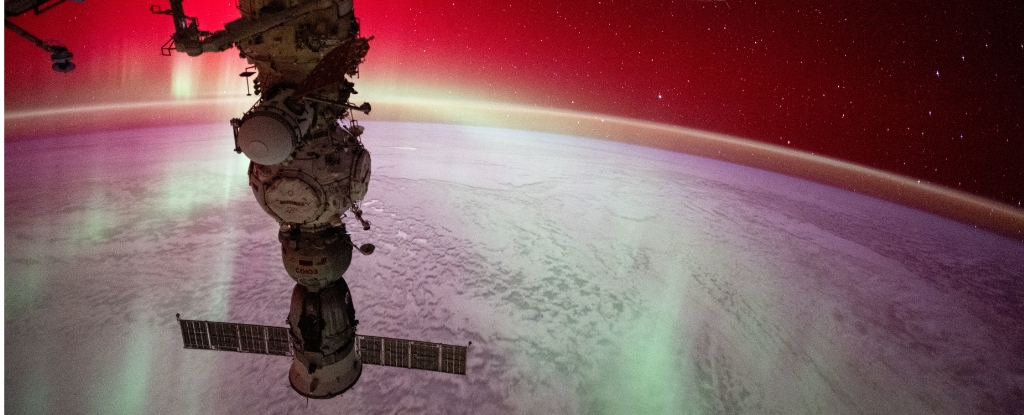– ESA’s Euclid space telescope has released its first science data and images, less than a year after launch.
– The early observations included 5 new images showing galaxy clusters, star-forming regions, spiral galaxies, and groups of galaxies. These demonstrate Euclid’s ability to study different astronomical objects.
– The data accompanies 10 forthcoming scientific papers. It comes just 6 months after Euclid’s first test images and provides a glimpse of what the full 6-year mission will reveal.
– Euclid aims to map billions of galaxies and galaxies’ distributions to better understand dark energy, dark matter, and the universe’s evolution. The early results show it is capable of tackling open questions in cosmology.
– Scientists are already gaining new insights into galaxy clusters, star formation, galaxy structure and evolution, and globular clusters from these first observations.
– Euclid’s sharp infrared and visible light images cover large areas of sky to unprecedented depths. It can reveal structures both near and far thanks to its versatile design.
– The mission involves over 2000 scientists internationally and demonstrates European leadership in space science and technology. Euclid is just beginning its journey to transform understanding of the universe.
Source: ESA









